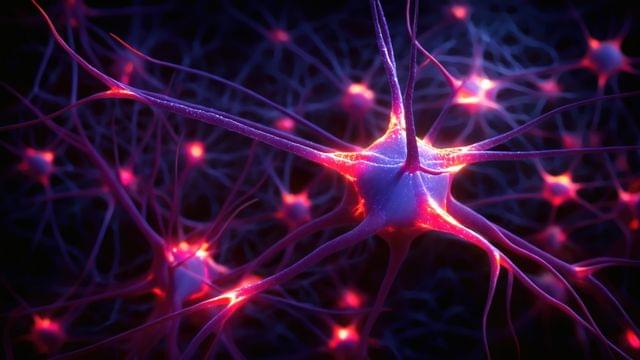Future wearables won’t need to get under your skin.
Get the latest international news and world events from around the world.
Majestic ‘8th continent’ collects and recycles plastic from the ocean
Award-winning architect Lenka Petráková is pioneering a new way to tackle ocean pollution with an ambitious project named “The 8th Continent.” Her innovative design aims to recycle ocean plastic while functioning as a completely self-sustaining floating structure. If realized, it could mark a significant advancement in global conservation efforts.
“The 8th Continent” is an intricate, five-part structure designed to float on the ocean, equipped with greenhouses, living quarters, and biodegradable waste collectors. It represents more than just a plastic-collection unit; it’s a potential catalyst for restoring damaged marine ecosystems.
Designed to thrive amidst the ocean’s plastic tides, Petráková’s concept could provide a regenerative solution for our polluted waters.



See Spacecraft Views: Sun Blasts Massive X4.5-Class Solar Flare
Researchers have been performing these experiments for nearly 30 years but they always encounter the same problem: the bottle technique yields an average neutron survival time of 880 s, while the beam method produces a lifetime of 888 s. Importantly, this eight-second difference is larger than the uncertainties of the measurements, meaning that known sources of error cannot explain it.
A mix of different neutron states?
A team led by Benjamin Koch and Felix Hummel of TU Wien’s Institute of Theoretical Physics is now suggesting that the discrepancy could be caused by nuclear decay producing free neutrons in a mix of different states. Some neutrons might be in the ground state, for example, while others could be in a higher-energy excited state. This would alter the neutrons’ lifetimes, they say, because elements in the so-called transition matrix that describes how neutrons decay into protons would be different for neutrons in excited states and neutrons in ground states.

X-59 Fires Up its Engine for First Time on Its Way to Takeoff
Lee esta historia en español aquí.
NASA’s Quesst mission marked a major milestone with the start of tests on the engine that will power the quiet supersonic X-59 experimental aircraft.
These engine-run tests, which began Oct. 30, allow the X-59 team to verify the aircraft’s systems are working together while powered by its own engine. In previous tests, the X-59 used external sources for power. The engine-run tests set the stage for the next phase of the experimental aircraft’s progress toward flight.



